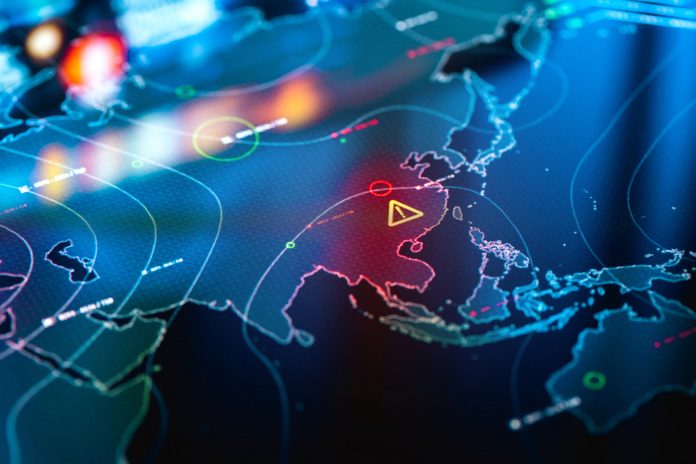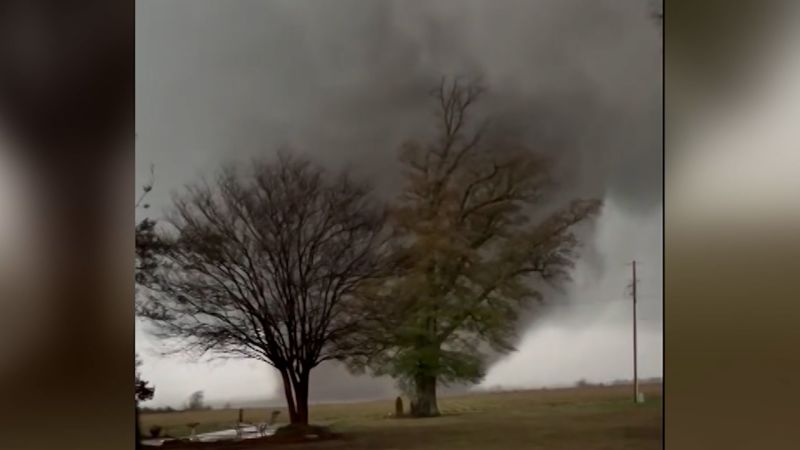
Open Access News Environment Weathering the storm: Using technology to predict weather patterns April 2, 2025 image: ©da-kuk | iStock In an era of increasingly extreme weather events, Brendan Scott, Head of Energy, Utilities and Commodities at BJSS, now part of CGI, explores how technology can be used to predict weather patterns better and ensure a reliable power service Weather plays a major role in every aspect of the energy industry, including trading, forecasting, generation and customer demand. It also influences and shapes every aspect of our daily lives, with extreme weather events causing significant disruption. This can be seen through the increasing frequency of severe storms, leading to a rise in power outages as infrastructure is damaged or destroyed.
Despite being an industry that powers the world, the energy sector remains highly vulnerable to these unpredictable conditions. To mitigate these impacts, energy companies must use technology to more accurately predict weather, model impacts with greater precision and ensure that proactive maintenance measures are implemented to help safeguard our systems. Smarter weather predictions Technology has enabled weather prediction to enter a new era of precision, giving forecasting systems remarkable accuracy and insight.

For organisations to capitalise on this, companies must first ensure that they store, manage and analyse their data sets effectively. With this foundation in place , energy companies can improve their forecasting and models by adopting artificial intelligence (AI). This is particularly useful in extreme weather events, where AI can help energy companies and communities prepare by providing early warnings, optimising resource allocation and supporting smart grid systems.
Through its ability to quickly analyse vast amounts of data and identify patterns in historical data, AI can also predict the timing and location of extreme weather events with greater accuracy and lead time than traditional methods. These tools can also reveal precisely where predictive maintenance is needed on grid infrastructure, which can reduce the risk of power outages during extreme weather. One particularly impressive AI device is Google’s Flood Hub , which gives users locally relevant flood data and forecasts up to seven days in advance.
The Flood Hub covers river basins in 80 countries across the globe, supporting over 460 million people and helping to limit damage and protect lives. Building on this advancement, Google collaborated with Give Directly and the International Rescue Committee in a landmark AI-driven cash relief initiative in Africa last year. This enabled cash aid to reach communities in Nigeria at least five to seven days before peak flooding, allowing people to better prepare and protect their assets.
In recent months, some other game-changing inventions have been released that highlight just some of the potential uses of AI in the energy industry. For example, in December 2024, Google DeepMind introduced its new AI model GenCast, which improves the prediction of weather uncertainties and risks. This advancement enables the model to provide faster and more accurate forecasts up to 15 days in advance .
More recently, the European Centre for Medium-Range Weather Forecasts (ECMWF) said its operational model could surpass conventional forecasting methods by providing predictions up to 15 days ahead. This innovation will make global predictions available and accessible to everyone at any time, free of charge. Alongside AI, digital twins are also proving vital tools for governments and energy organisations to prepare for disruptive weather events.
This technology can simulate the impact of different events, varying in severity, on buildings, roads, power grids, and surrounding vegetation. By providing this type of scenario planning, digital twins can highlight where infrastructure needs attention, enhancing or repairing. Pre-empting the effects of weather events and mitigating the consequences will help develop more resilient infrastructure, reduce economic losses and ultimately foster stronger communities.
The wider reach of AI However, the role of AI extends far beyond just preparing and planning. Amid the chaos of an extreme weather event, AI can play a vital role in supporting and sustaining energy infrastructure. This is because weather events, especially extreme and unexpected ones, can damage infrastructure, leading to floods, broken power lines, overloaded energy grids and disrupted access to energy.
AI can quickly analyse satellite and aerial imagery to assess real-time damage and improve resource allocation. Following severe weather incidents, AI can scan satellite and drone imagery to reveal the extent of the impact. This visual data can allow AI to identify the areas most affected, from infrastructure damage to environmental degradation and habitat losses.
AI can also highlight potential disruptions to local economies, health systems and social structures, allowing governments and organisations to plan more effectively for recovery and rebuilding efforts . Predicting the unpredictable Beyond our planet’s weather, technology is also transforming how we tackle space weather. But why does space weather matter? Severe space weather events, such as solar flares or geomagnetic storms, can significantly impact the UK’s critical national infrastructure, including power companies, satellite operators, and the aviation industry, and they can potentially interfere with GPS.
Indeed, recent research has revealed that AI would have been able to predict the intense solar storm that hit the Earth last year, which led to flight diversions. In the UK, our space agency the Met Office Space Weather Operations Centre (MOSWOC ) works 24 hours a day, 7 days a week. Its demand for consistency means it relies on resilient and robust systems to support it.
The office also works closely with forecasting centres in the US and Australia, and with academic partners, to share insights and knowledge. BJSS supported the Met Office to migrate its mix of on-premises and hosted servers to Amazon Web Services (AWS) to allow these agencies and institutions to collaborate more effectively. The migration has enabled improved knowledge sharing, efficient team communication, and coordinated responses to space weather-related challenges.
As technology advances, so will our ability to predict weather events more accurately. These innovations will empower us, allowing communities to better prepare for natural disasters, mitigate any impacts, and enable people to use their energy more effectively. Achieving this relies on technological innovation and requires strong collaboration between and investment from tech companies, governments, and research institutions.
This collective effort will help us create a more resilient future where we can better protect the people and the planet. Facebook Twitter LinkedIn Print Tags Artificial Intelligence Digital Technology Weather Conditions Contributor Details Brendan Scott Head of Energy, Utilities and Commodities BJSS, now part of CGI Upcoming OAG Webinar Editor's Recommended Articles Must Read >> Could weather events like snow be the real cause of Earthquakes? Must Read >> Unprecedented wildfire risks due to hot weather Emily Warrender RELATED ARTICLES MORE FROM AUTHOR How sustainably produced forest products can help combat global warming Climate change webinar: The interconnection between hazardous events and health UK government proposes ban on heather burning to protect peatlands 47 million demand urgent changes to combat air pollution UK and China restart climate change dialogue to tackle the global crisis Seismic resilience in the age of AI and advanced remote sensing LEAVE A REPLY Cancel reply Please enter your comment! Please enter your name here You have entered an incorrect email address! Please enter your email address here Save my name, email, and website in this browser for the next time I comment. Δ.















